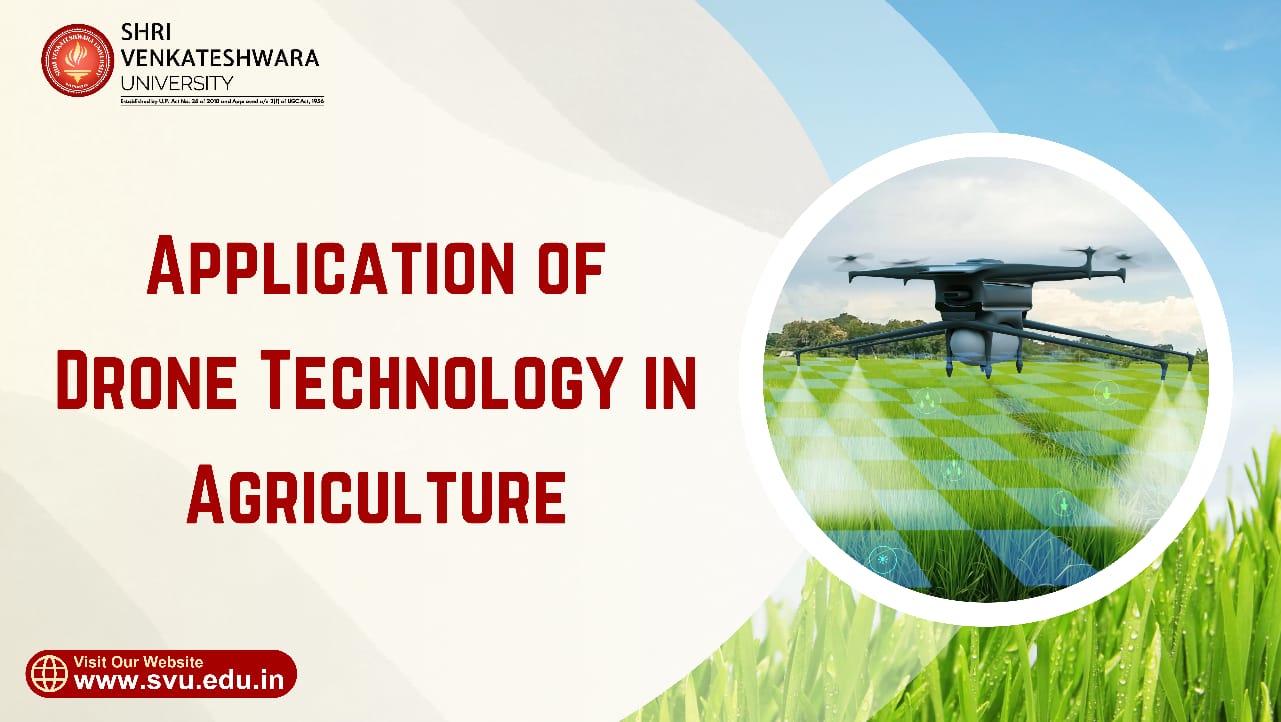
Drones, also called Unmanned Aerial Vehicles (UAV), have witnessed a remarkable development in recent decades. In agriculture, they have changed farming practices by offering farmers substantial cost savings, increased operational efficiency, and better profitability. Developed countries have already started use of UAV’s (Unmanned Aerial Vehicles) in their precision agriculture, photogrammetry, and remote sensing. It is very fast, and it could reduce the workload of a farmer. In general, UAVs are equipped with the cameras and sensors for crop monitoring and sprayers for pesticide spraying. A technical analysis of UAVs in precision agriculture is to analyse their applicability in agriculture operations like crop monitoring, crop height Estimations, pesticide Spraying, soil, and field analysis. However, their hardware implementations are purely depended on critical aspects like weight, range of flight, payload, configuration, and their costs.
Crop Health monitoring
The population is increasing tremendously and with this increase the demand of food. The traditional methods which were used by the farmers were not sufficient to fulfil these requirements. Thus, new automated methods (Drone technology) were introduced. These new methods satisfied the food requirements and provided employment opportunities to billions of people. Drone technologies saves the excess use of water, pesticides, and herbicides, maintains the fertility of the soil, also helps in the efficient use of manpower and elevate the productivity and improve the quality. Drone technology can be used for many applications for agricultural uses, including crop health monitoring and farm operations like weed management, Evapotranspiration estimation, spraying etc.
Scope of Drones in Agriculture
Drones have great potential to transform Indian agriculture. With the advancement of technology in the future, the production of drones is expected to become economical. The modern youth are not attracted towards farming due to hard work and drudgery involved in it. The implication of drones may fascinate and encourage the youth towards agriculture. Drones provide real time and high-quality aerial imagery compared to satellite imagery over agricultural areas. Also, applications for localizing weeds and diseases, determining soil properties, detecting vegetation differences and the production of an accurate elevation models are currently possible with the help of drones. Drones will enable farmers to know more about their fields.
Conclusion
Therefore, farmers will be assisted with producing more food while using fewer chemicals. Nearly all farmers who have made use of drones have achieved some form of benefit. They can make more efficient use of their land, exterminate pests before they destroy entire crops, adjust the soil quality to improve growth in problem areas, improve irrigation to plants suffering from heat stress and track fires before they get out of control. Therefore, drones may become part and parcel of agriculture in the future by helping farmers in managing their fields and resources in a better and sustainable way.
Thus, Agricultural drones are very useful for enhancing yield and for crop monitoring.